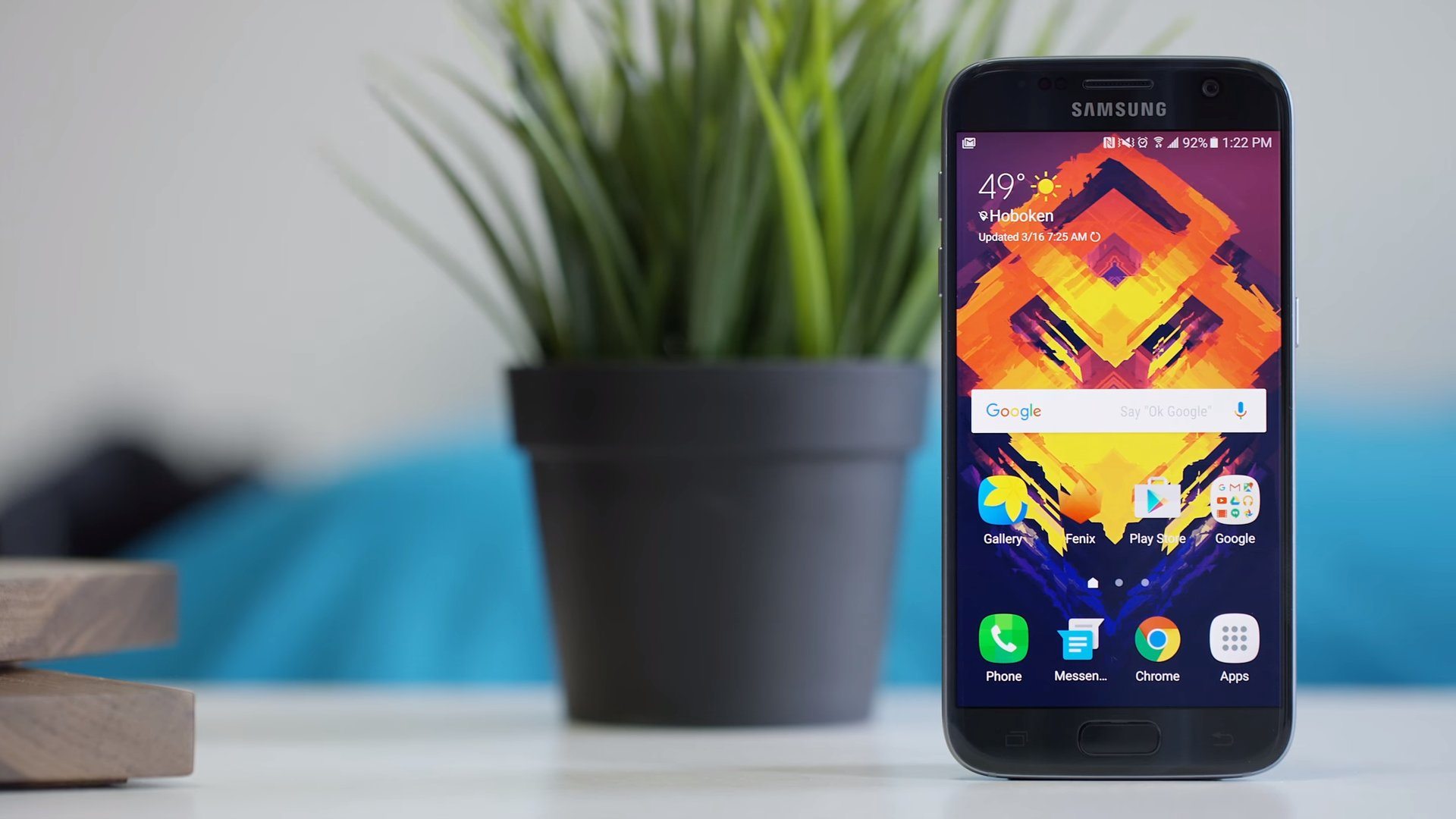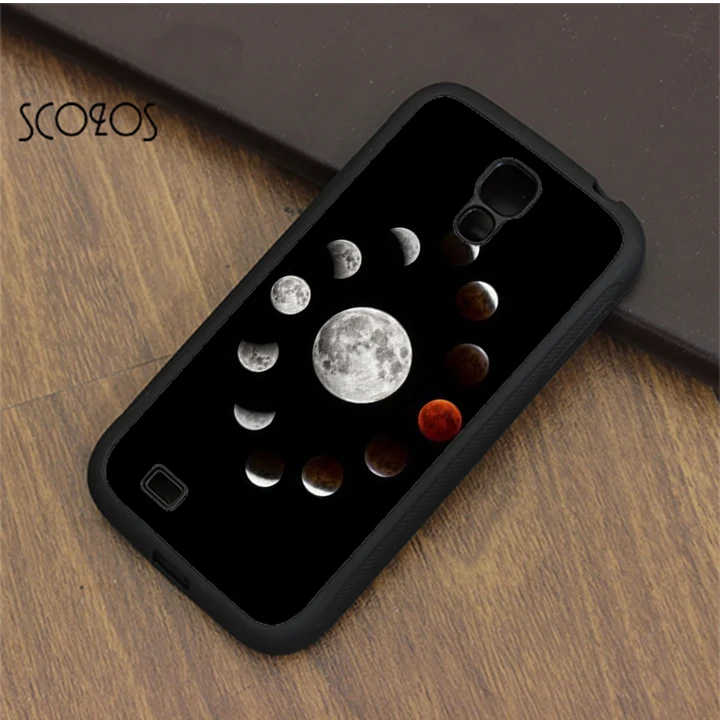
- SAMSUNG GALAXY S7 LUNAR PRO LICENSE KEY
- SAMSUNG GALAXY S7 LUNAR PRO INSTALL
- SAMSUNG GALAXY S7 LUNAR PRO 64 BIT
- SAMSUNG GALAXY S7 LUNAR PRO UPDATE
SAMSUNG GALAXY S7 LUNAR PRO 64 BIT
The 64 bit version is recommended if you are running live stacking on high resolution cameras, particularly if you encounter out-of-memory errors with the 32-bit version. See what’s included in the Free and Pro versions here.ģ2 or 64 bit version of SharpCap? Most people should use the default 32 bit version of SharpCap.

SAMSUNG GALAXY S7 LUNAR PRO LICENSE KEY
SharpCap Pro:There isn’t a separate download for SharpCap Pro – just download the latest version of SharpCap and enter a license key to unlock the SharpCap Pro features. You can read about the new features in SharpCap 4.0.
SAMSUNG GALAXY S7 LUNAR PRO INSTALL
However the S8 has made the move to USB Type-C, so, while you might need to invest in some new cables, you’ll at least be able to plug them in either way around.Sharpcap runs on Microsoft Windows – you should choose the version of SharpCap to install based on your version of Windows. On the other hand, the chipsets used by the Samsung Galaxy S8 are more power efficient, so there’s a possibility that it will balance out, but this is one thing you’ll definitely want to check up on when we’ve put the S8 through a full review.įast charging is included at least, but it's also present in the Samsung Galaxy S7. That’s exactly the same size as the Samsung Galaxy S7’s and a bit of a worry, since it needs to power a much larger screen with more pixels. The Samsung Galaxy S8 has a 3,000mAh battery. This change is welcome, as the Samsung Galaxy S7’s front-facing camera is solid but unexceptional, though how much impact the change in megapixels will have is also uncertain for now.
SAMSUNG GALAXY S7 LUNAR PRO UPDATE
The front-facing camera has at least got more of an update on the S8, with an 8MP sensor in place of the Samsung Galaxy S7’s 5MP one. It has better video OIS, brighter low-light photos and crisper selfies than last year's all-around best smartphone. The software (and therefore the potential quality of images) are better this time around though, and as we've experience in camera tests in our review. The camera on the S8 is one of the smallest upgrades over the S7, as it has just a single-lens 12MP snapper – just like the Samsung Galaxy S7.Įven the aperture hasn't changed, coming in at f/1.7 again. These chips are more power efficient too, which could help the battery last longer. Given that the Galaxy S7 already offers almost flawlessly snappy performance these probably won't make a hugely noticeable difference, especially as they have a bigger screen to drive, but we wouldn’t be surprised if app load times are slightly faster, screen response time under the finger better and games look slightly better - we'll be sure to let you know in our full Galaxy S8 review. Samsung hasn't confirmed which chip it's using, but we're expecting an Exynos 8895 chip in Europe, and a Snapdragon 835 one in the US, each of which is the next generation of the chips the S7 used. The Samsung Galaxy S8 meanwhile is sticking with 4GB of RAM and has an octa-core chipset clocked at up to 2.35GHz. The Samsung Galaxy S7 has 4GB of RAM and either an octa-core Exynos 8890 chipset (in Europe) or a quad-core Snapdragon 820 one (in the US), both of which were among the most powerful mobile chipsets in 2016. As such, there isn't a huge difference on the OS front.Īs for power, there's a significant upgrade there, but no more than the typical yearly power boosts you’d expect to get. OS and powerīoth phones run Android of course, and while the Galaxy S8 is launching with Android Nougat, the Galaxy S7 can now be updated to that.

The only thing that has stayed the same is the technology used, with both phones having Super AMOLED displays, capable of delivering punchy, vivid colors. It’s also following in the Note 7’s footsteps in supporting HDR content, which the Samsung Galaxy S7 doesn’t. Given the extra width over its predecessor, the S8’s screen isn't that much sharper, but it stands out in other ways, with a super-widescreen 18.5:9 aspect ratio similar to the LG G6. The resolution of the S8’s screen has been upgraded too, with a 1,440 x 2,960 QHD+ resolution in place of the Samsung Galaxy S7’s 1,440 x 2,560 QHD option.


 0 kommentar(er)
0 kommentar(er)
